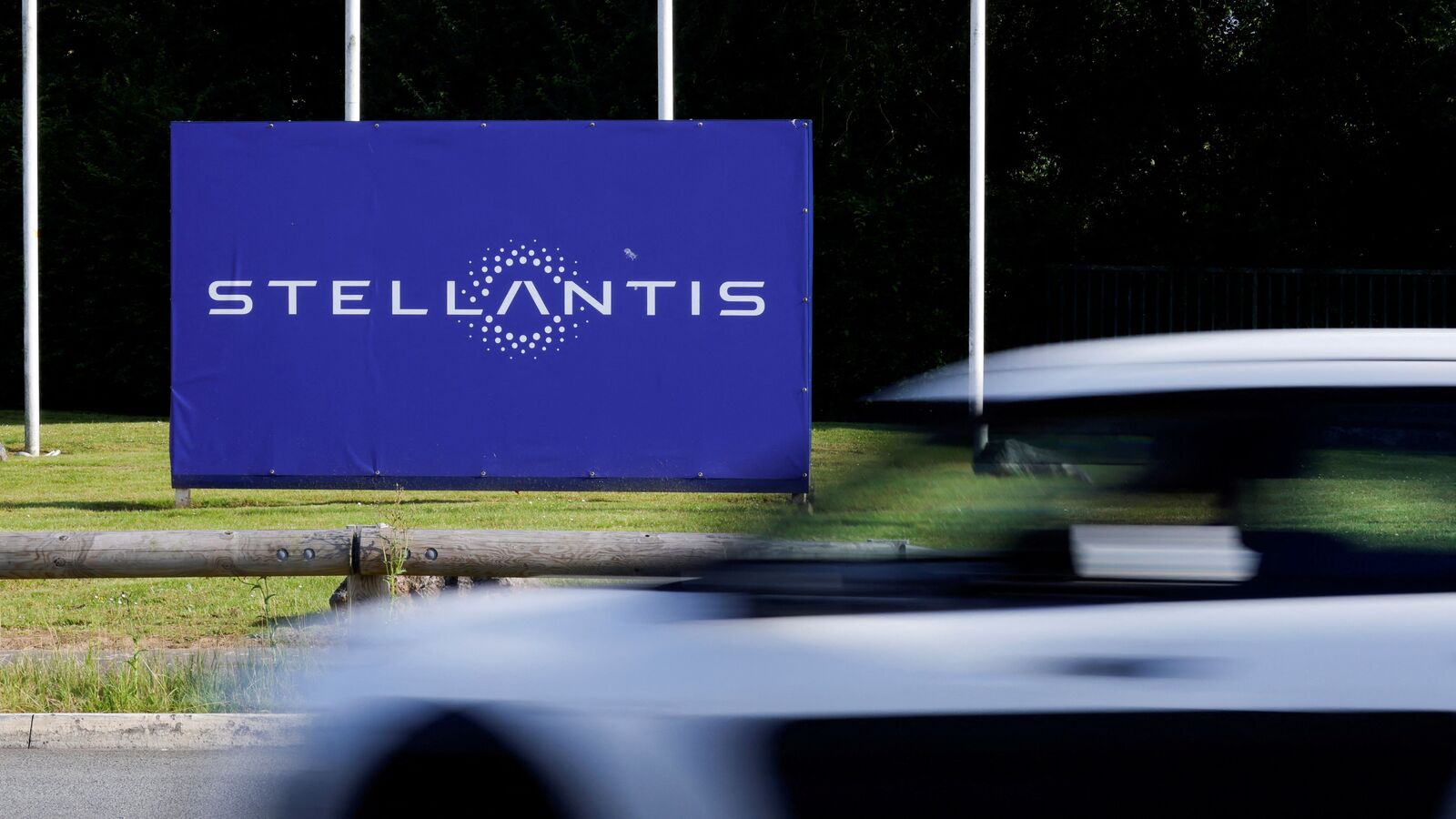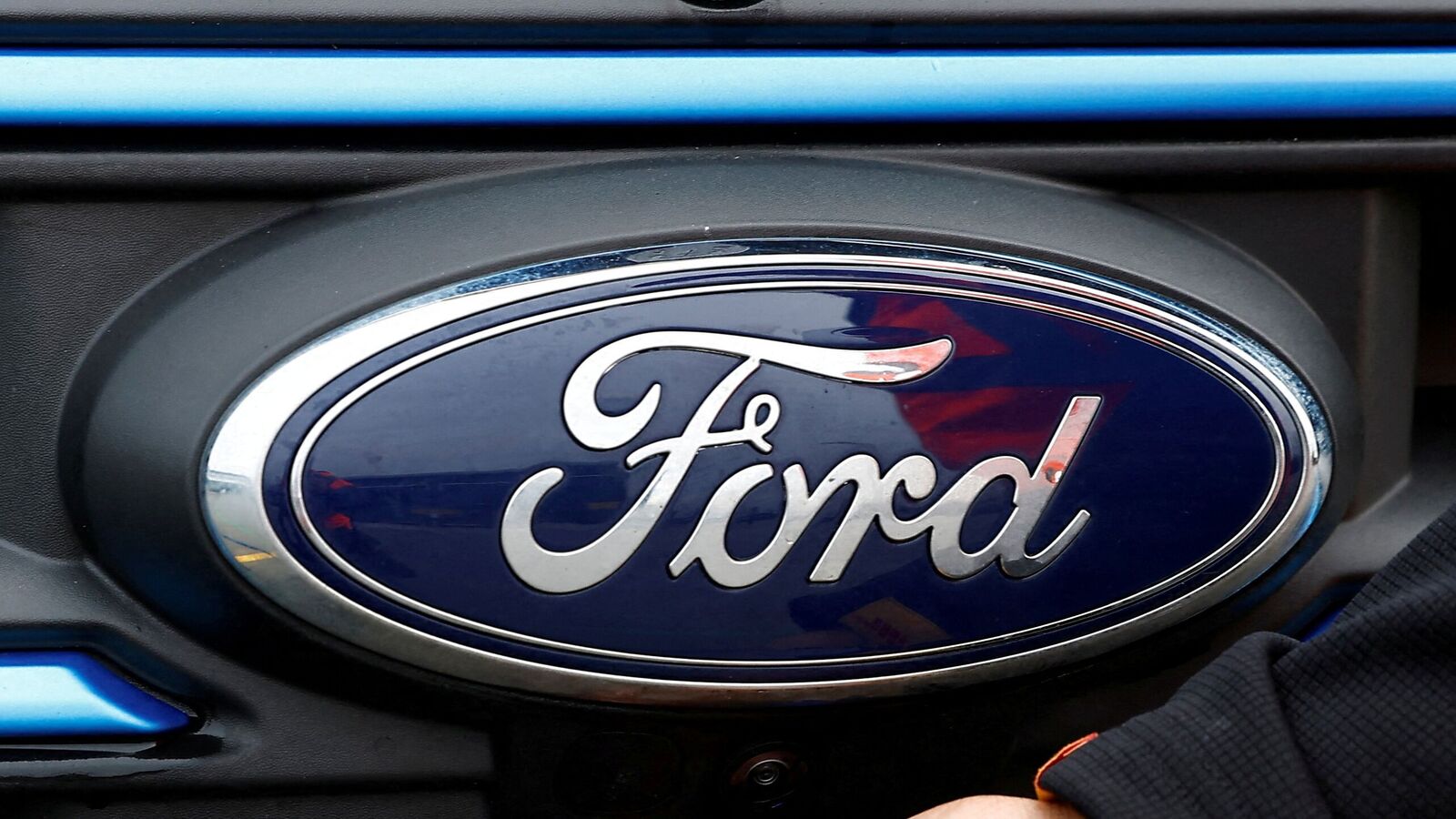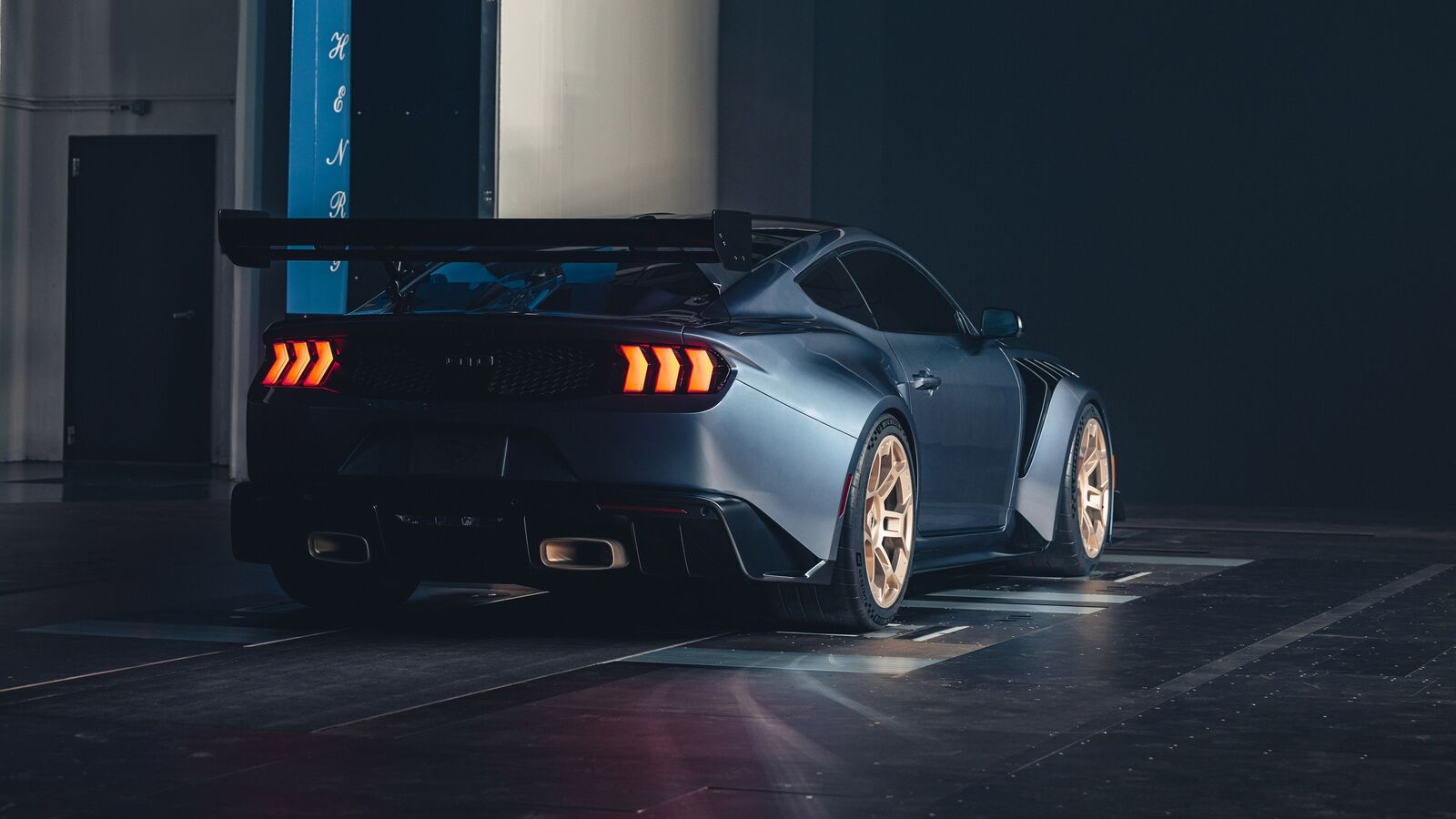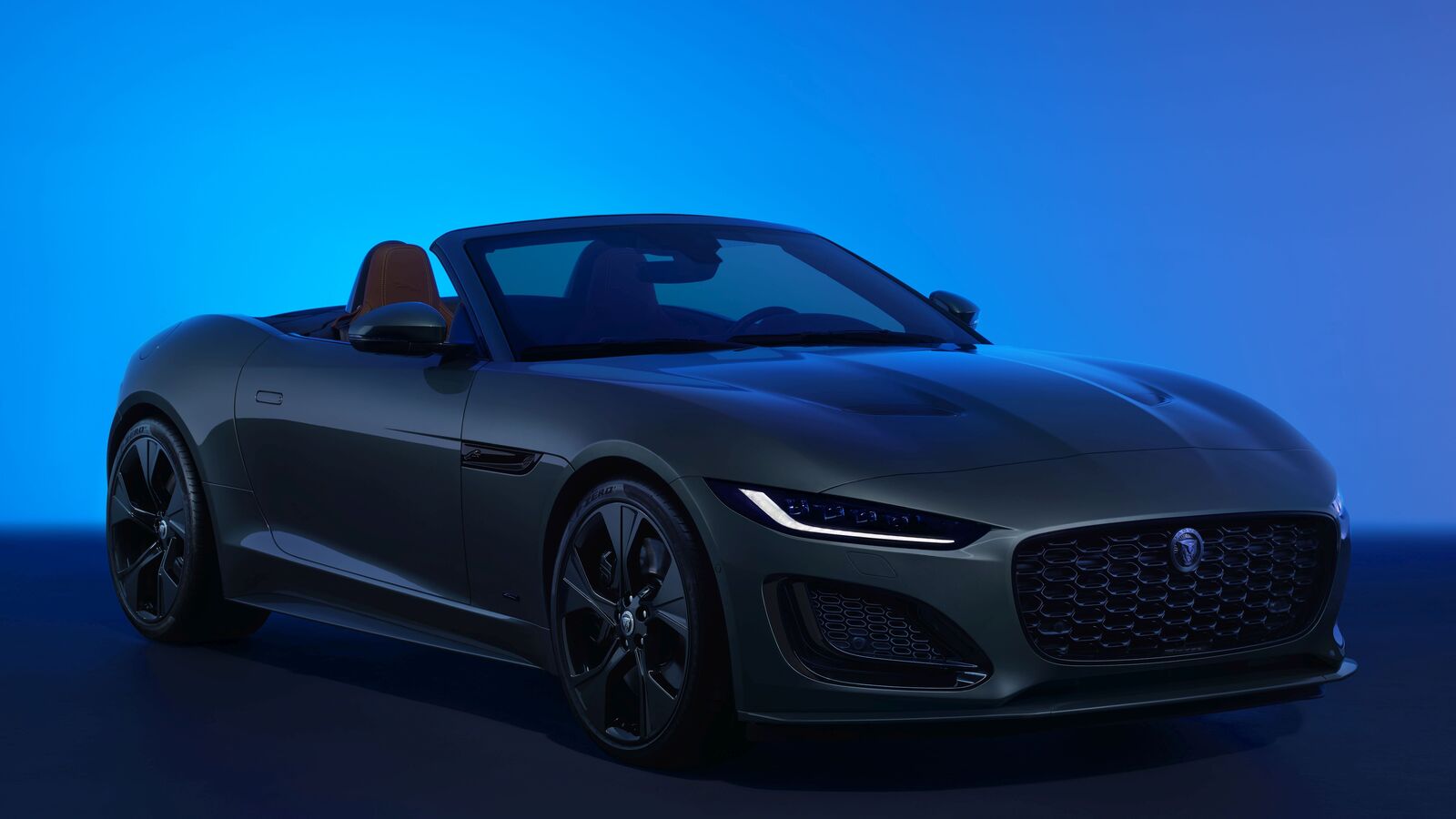- Stellantis is introducing the STLA frame platform for versatile vehicle assembly, but Ram electric truck production has been delayed until 2025.
Stellantis said Tuesday it will deploy a new vehicle system that will support assembly of gasoline, hybrid and electric models, but in a sign of how turbulent the electric-vehicle transition is, the automaker also announced plans to ramp up production of Ram electric pickup trucks. Delayed. The Franco-Italian company revealed details about its STLA frame platform, which will support full-size trucks and SUVs. The platform is thought of as a skateboard on which many different types of vehicles can be built, and contains the car's critical electrical and mechanical components.
“Despite all the difficult challenges facing the industry, we remain very focused on the execution of our plan,” CEO Carlos Tavares said in a call with reporters.
Tavares said the automaker is delaying production of its electric RAM pickup from this year to the first half of 2025, citing the need to ensure quality.
“We are facing a tremendous amount of workload,” he said.
Also read: Used EVs save owners on average £1,600 per year compared to petrol models – study
Automakers in Detroit and elsewhere have been accelerating the construction of EV-manufacturing capacity over the past two years, only to find demand growing slower than anticipated.
The decision to focus on platforms that support EVs or incorporate the flexibility for hybrid or gasoline-powered vehicles has divided automakers. Ford Motor has leaned toward selling hybrid vehicles, while General Motors has focused on battery-powered models after investing more in building its own EV platforms.
It says GM will begin offering plug-in hybrids in 2027. Stellantis is primarily offering plug-in hybrids in the US for now, but plans to expand its EV footprint in the coming years, pursuing the goal of 100 percent battery electric car sales in Europe and 50 percent electric passenger cars and light-duty vehicles. Planning to increase sales. Truck sales in the US by 2030.
If US President-elect Donald Trump plans to untangle various incentives around EV production and sales, the global industry will face even more uncertainty over EV demand. Trump's transition team plans to eliminate a $7,500 consumer tax credit for electric-vehicle purchases as part of broader tax-reform legislation, two sources with direct knowledge of the matter told Reuters last week.
Also read: EV manufacturers want GST cut on electric vehicle batteries and lower charging rates
Some of Stellantis' plug-in hybrids, including the Jeep Grand Cherokee, qualify for half of that credit. The carmaker is facing falling sales in North America, which has historically made big profits from sales of its popular Jeep and Ram vehicles. Tavares changed his management team in an effort to address his high vehicle inventory and declining stock price, and he plans to retire at the end of his contract in 2026. Stellantis shares are down nearly 40 percent this year.
The company announced in 2021 that it would design frame platforms in addition to large, medium, and small foundations to accommodate different vehicles in its lineup. Stellantis said Tuesday that Ram and Jeep vehicles are the first to use the frame version. The company said the battery electric vehicles on frame will have a range of up to 500 miles (805 km) and will offer 14,000 pounds (6,350 kg) of towing capacity. It will also support hydrogen and extended-range electric vehicles.
Check out Upcoming EV Cars in India, Upcoming EV Bikes in India.
First publication date: November 20, 2024, 10:47 am IST






